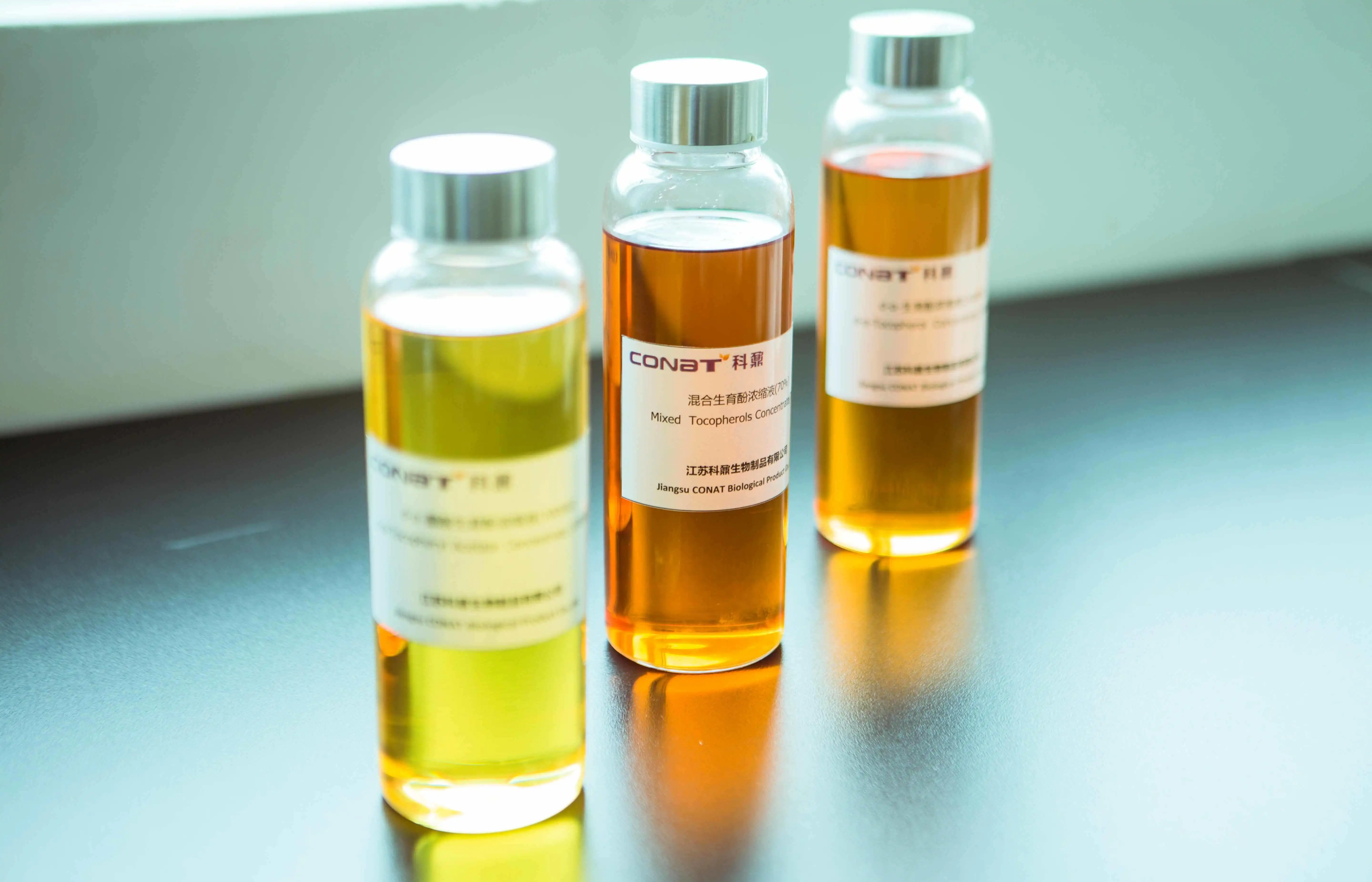- English
- French
- German
- Portuguese
- Spanish
- Russian
- Japanese
- Korean
- Arabic
- Greek
- German
- Turkish
- Italian
- Danish
- Romanian
- Indonesian
- Czech
- Afrikaans
- Swedish
- Polish
- Basque
- Catalan
- Esperanto
- Hindi
- Lao
- Albanian
- Amharic
- Armenian
- Azerbaijani
- Belarusian
- Bengali
- Bosnian
- Bulgarian
- Cebuano
- Chichewa
- Corsican
- Croatian
- Dutch
- Estonian
- Filipino
- Finnish
- Frisian
- Galician
- Georgian
- Gujarati
- Haitian
- Hausa
- Hawaiian
- Hebrew
- Hmong
- Hungarian
- Icelandic
- Igbo
- Javanese
- Kannada
- Kazakh
- Khmer
- Kurdish
- Kyrgyz
- Latin
- Latvian
- Lithuanian
- Luxembou..
- Macedonian
- Malagasy
- Malay
- Malayalam
- Maltese
- Maori
- Marathi
- Mongolian
- Burmese
- Nepali
- Norwegian
- Pashto
- Persian
- Punjabi
- Serbian
- Sesotho
- Sinhala
- Slovak
- Slovenian
- Somali
- Samoan
- Scots Gaelic
- Shona
- Sindhi
- Sundanese
- Swahili
- Tajik
- Tamil
- Telugu
- Thai
- Ukrainian
- Urdu
- Uzbek
- Vietnamese
- Welsh
- Xhosa
- Yiddish
- Yoruba
- Zulu
What is the difference between vitamin E and d-α-tocopherol concentrate?
When it comes to nutrition and supplements, understanding the nuances between different forms of vitamins can be crucial. This is particularly true for vitamin E, a powerful antioxidant that plays a vital role in our health. In this article, we'll delve into the differences between vitamin E and d-α-tocopherol concentrate, two terms that are often used interchangeably but have distinct characteristics.
Term clarity: "vitamin E" umbrella vs α-tocopherol concentrate
To begin our exploration, it's essential to understand that "vitamin E" is an umbrella term that encompasses a family of fat-soluble compounds. This family includes four tocopherols (alpha, beta, gamma, and delta) and four tocotrienols (also alpha, beta, gamma, and delta). Among these, α-tocopherol is the most biologically active form in humans.
On the other hand, d-α-tocopherol concentrate refers specifically to the natural form of alpha-tocopherol. The "d" prefix indicates that it's the dextrorotatory isomer, which is the naturally occurring form found in food sources. This concentrate is a purified extract that contains high levels of d-α-tocopherol, often derived from vegetable oils.
While vitamin E as a whole offers a spectrum of health benefits, d-α-tocopherol concentrate is prized for its potency and bioavailability. It's the form that our bodies preferentially absorb and utilize, making it a popular choice for supplementation and fortification.

Natural d-α vs synthetic dl-α: potency and stereochemistry
A crucial distinction in the world of vitamin E is between natural and synthetic forms. Natural d-α-tocopherol, also known as RRR-α-tocopherol, is the form found in food and is what d-α-tocopherol concentrate typically refers to. In contrast, synthetic vitamin E is called dl-α-tocopherol or all-rac-α-tocopherol.
The difference lies in their stereochemistry. Natural d-α-tocopherol has a specific molecular structure that fits perfectly with the α-tocopherol transfer protein in our liver. This protein is responsible for maintaining vitamin E levels in our body. The synthetic form, however, is a mixture of eight different stereoisomers, only one of which matches the natural form.
This structural difference translates to a significant disparity in potency. Natural d-α-tocopherol is approximately 1.36 times more potent than its synthetic counterpart. In other words, 1 mg of natural d-α-tocopherol is equivalent to about 1.36 mg of synthetic dl-α-tocopherol.
For this reason, many health-conscious consumers and manufacturers prefer d-α-tocopherol concentrate. It provides a more efficient and bioavailable form of vitamin E, ensuring that the body can make the most of the supplement.
Formulation differences: concentrate, acetate, and esters
When browsing vitamin E products, you might encounter various formulations. Let's break down the main types:
- D-α-Tocopherol Concentrate: This is the pure, unesterified form of natural vitamin E. It's highly potent but can be prone to oxidation, which may shorten its shelf life.
- D-α-Tocopheryl Acetate: This is an ester form of vitamin E, where the tocopherol is combined with acetic acid. It's more stable than the unesterified form, making it ideal for supplements and fortified foods. Once ingested, our body easily converts it back to d-α-tocopherol.
- D-α-Tocopheryl Succinate: Another ester form, this time combined with succinic acid. Like the acetate form, it's stable and well-absorbed by the body.
- Mixed Tocopherols: This formulation includes a blend of different tocopherols (α, β, γ, δ). While not as potent in vitamin E activity as pure α-tocopherol, mixed tocopherols can offer a broader spectrum of antioxidant benefits.
The choice between these formulations often depends on the intended use. For instance, d-α-tocopherol concentrate might be preferred in liquid supplements, while the acetate or succinate forms are common in capsules or fortified foods due to their stability.
It's worth noting that regardless of the ester form, our body converts these compounds back to d-α-tocopherol during digestion. Therefore, the biological activity remains essentially the same, with the ester forms primarily offering improved stability and shelf life.
Understanding these differences can help you make informed decisions when choosing vitamin E supplements or interpreting nutrition labels. Whether you're looking at a multivitamin, a standalone vitamin E supplement, or a fortified food product, knowing the form of vitamin E used can give you insight into its potency and potential benefits.
Moreover, for those in the nutraceutical or food industry, comprehending these nuances is crucial for product formulation and quality control. The choice between d-α-tocopherol concentrate and other forms can impact not only the efficacy of the product but also its stability and shelf life.
In conclusion, while "vitamin E" is a broad term encompassing several compounds, d-α-tocopherol concentrate represents a specific, potent form of this essential nutrient. Its natural origin, high bioavailability, and concentrated form make it a valuable ingredient in the world of nutrition and supplementation.
As we continue to unravel the complexities of nutrition, it's clear that the subtle differences between vitamin forms can have significant implications for our health. By choosing the right form of vitamin E, we can ensure that we're getting the most benefit from this powerful antioxidant.
FAQ
1. What are the main health benefits of d-α-tocopherol concentrate?
d-α-tocopherol concentrate, as the most potent form of vitamin E, offers powerful antioxidant properties. It helps protect cells from oxidative stress, supports immune function, and may contribute to heart and skin health.
2. How does d-α-tocopherol concentrate compare to other forms of vitamin E in terms of absorption?
d-α-tocopherol concentrate is the most bioavailable form of vitamin E. It's preferentially absorbed and retained by the body compared to other tocopherols or synthetic forms.
3. Can d-α-tocopherol concentrate be used in both dietary supplements and fortified foods?
Yes, d-α-tocopherol concentrate can be used in both supplements and fortified foods. However, for improved stability, it's often converted to ester forms like acetate or succinate in these applications.
4. Is there a recommended daily intake for d-α-tocopherol concentrate?
The recommended daily intake for vitamin E is typically expressed in α-tocopherol equivalents. For adults, it's generally around 15 mg per day, but this can vary based on individual needs and health conditions.
Premium d-α-Tocopherol Concentrate: Your Trusted Source | CONAT
Looking for high-quality d-α-tocopherol concentrate for your products? Look no further than Jiangsu CONAT Biological Products Co., Ltd. As a leading manufacturer with over two decades of experience, we offer premium natural vitamin E products that meet the highest industry standards.
Our state-of-the-art GMP-compliant facilities and rigorous quality control ensure that you receive only the best d-α-tocopherol concentrate for your supplements or fortified foods. Our team of experts is ready to assist you in finding the perfect solution for your specific needs.
Don't compromise on quality when it comes to vitamin E. Choose CONAT for your d-α-tocopherol concentrate needs. Contact us today at sales@conat.cn to discuss how we can support your product development with our superior vitamin E solutions.
References
1. Brigelius-Flohé, R., & Traber, M. G. (2019). Vitamin E: function and metabolism. The FASEB Journal, 13(10), 1145-1155.
2. Jiang, Q. (2014). Natural forms of vitamin E: metabolism, antioxidant, and anti-inflammatory activities and their role in disease prevention and therapy. Free Radical Biology and Medicine, 72, 76-90.
3. Traber, M. G. (2007). Vitamin E regulatory mechanisms. Annual review of nutrition, 27, 347-362.
4. Peh, H. Y., Tan, W. S., Liao, W., & Wong, W. S. (2016). Vitamin E therapy beyond cancer: Tocopherol versus tocotrienol. Pharmacology & therapeutics, 162, 152-169.
YOU MAY LIKE
